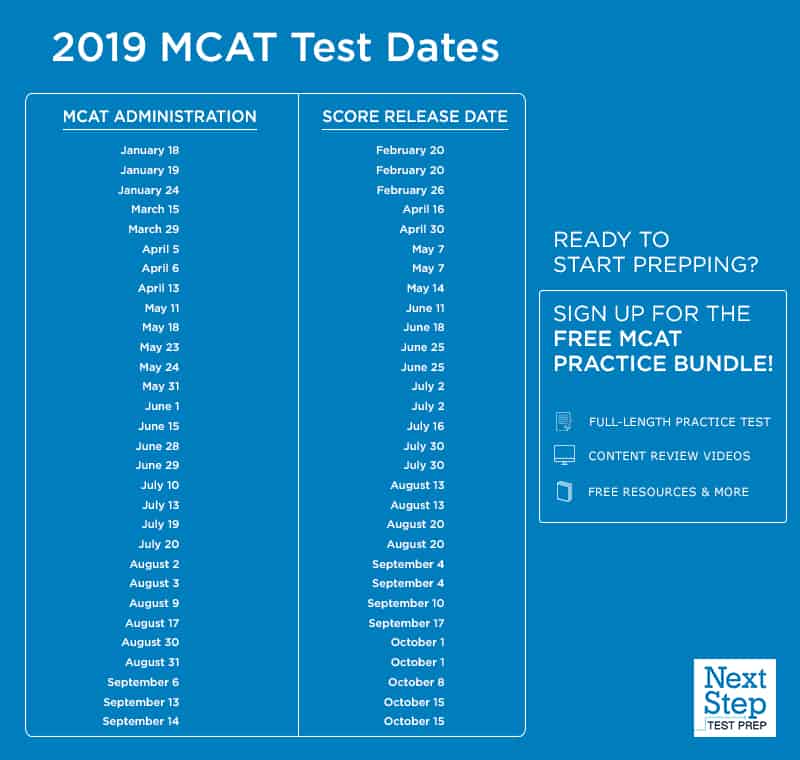

Passages are accompanied by a series of questions that guide you through the process of comprehending, analyzing, and reasoning about the material you’ve read.Ĭompared to the other sections, this part is unique because it has been developed particularly to evaluate or assess the analytical and reasoning skills you’ll need to be successful in medical school.įor the complete breakdown of the MCAT exam structure, please refer to the table below: MCAT Exam Format and StructureĬhemical and Physical Foundations of Biological Systemsīiological and Biochemical Foundations of Living Systems The Critical Analysis and Reasoning Skills section asks you to read and think about passages from a wide range of subjects in the social sciences and humanities, including, philosophy, ethics, studies of diverse cultures, and population health. It comprises of passages and questions that will test your ability to comprehend and analyze what you read.

The Critical Analysis and Reasoning Skills, on the other hand, will be comparable to the various verbal reasoning examinations you have taken in your academic career.

Biological and Biochemical Foundations of Living Systems.Chemical and Physical Foundations of Biological Systems.The MCAT exam is taken on a computer and has 4 multiple-choice test sections: So take these practice tests now and get your dream career soon! This is the reason why MCAT scores are very credible when it comes to predicting medical students’ grades, graduation rates, and licensing exam scores. In fact, the test has contributed and added substantial value to the anticipation of student performance in all four years of medical school. The MCAT is a proven and tested examination that has a long track record of identifying and evaluating students who can potentially succeed in medical school. Unlike other scoring systems, the MCAT score range has the same meaning regardless of the school you went to or the courses you took. Also, MCAT scores are the only measures of academic aptness for medical schools that have the same meaning for all applicants. The exam helps determine which candidates are most likely to succeed in medical school and in medical careers. These scores are then combined to create a total score. Each of the sections is scored from 118-132, with a midpoint of 125. A student will be scored in all four sections.


 0 kommentar(er)
0 kommentar(er)
